
Strait of Hormuz
. (Image: Forums.eagle.ru)" width="300" height="212" /> Strait of Hormuz. (Image: Forums.eagle.ru)Washington, 13 Rajab 1436/2 May 2015 (MINA) – U.S. warships protecting American-flagged ships in the Strait of Hormuz may extend assistance to other countries’ vessels, officials said Friday, after reports of Iranian forces harassing shipping.
The expanded U.S. naval presence is intended to signal to Iran that Washington is ready to safeguard shipping along the vital corridor, even at a moment of delicate diplomacy with Tehran over its nuclear program, experts said.
American warships started “accompanying” U.S.-flagged vessels in the Strait of Hormuz on Thursday in response to two incidents in less than a week in which commercial vessels were coerced or harassed by Iran’s Revolutionary Guards, Nahar Net quoted by Mi’raj Islamic News Agency (MINA) as reporting.
Defense Secretary Ashton Carter approved the operation and “this is going to continue for an indefinite period of time,” Pentagon spokesman Colonel Steven Warren said.
Also Read: Iranian Media Highlights Threat of New War, Calls for National Unity
U.S. Central Command, which oversees forces in the Middle East, said it was possible the assistance could be offered to other merchant ships sailing through the maritime chokepoint, a crucial route for the world’s oil.
“Our current plans are for accompanying U.S.-flagged ships, although there are discussions with other nations to include their vessels as well,” Central Command spokesman Colonel Patrick Ryder told reporters.
Officials did not say what other countries might take up the offer.
The Strait of Hormuz is often described as the world’s most important oil export route. About 30 percent of all oil traded by sea moves through the narrow channel, or about 17 million barrels a day.
Also Read: Iranian FM Says Uranium Enrichment Technology Indestructible by Bombs
At its most narrow point, the strait is 21 miles (33 kilometers) wide, but the width of the navigable shipping lane in each direction is only two miles — separated by a two-mile buffer zone. (T/P001/R03)
Mi’raj Islamic News Agency (MINA)
Also Read: Yemen Claims Ballistic Missile Attack on Israel’s Ben Gurion Airport









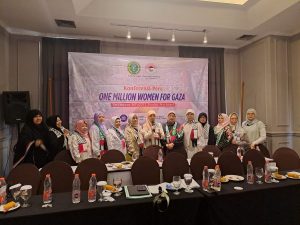
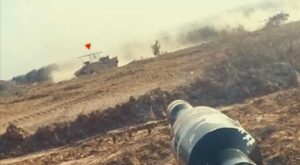
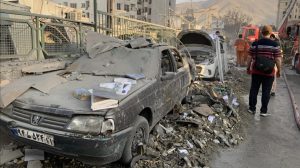

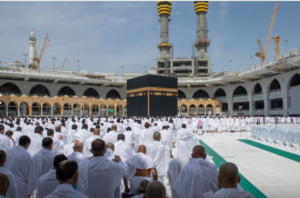
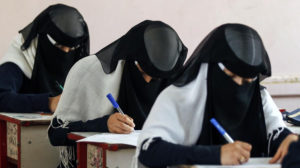

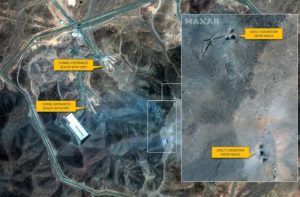



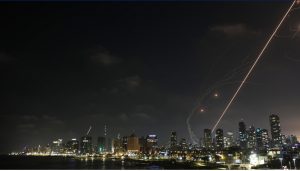




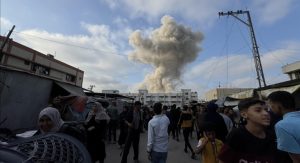


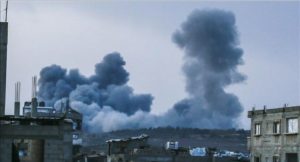





 Mina Indonesia
Mina Indonesia Mina Arabic
Mina Arabic